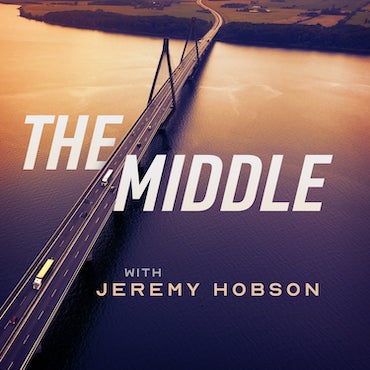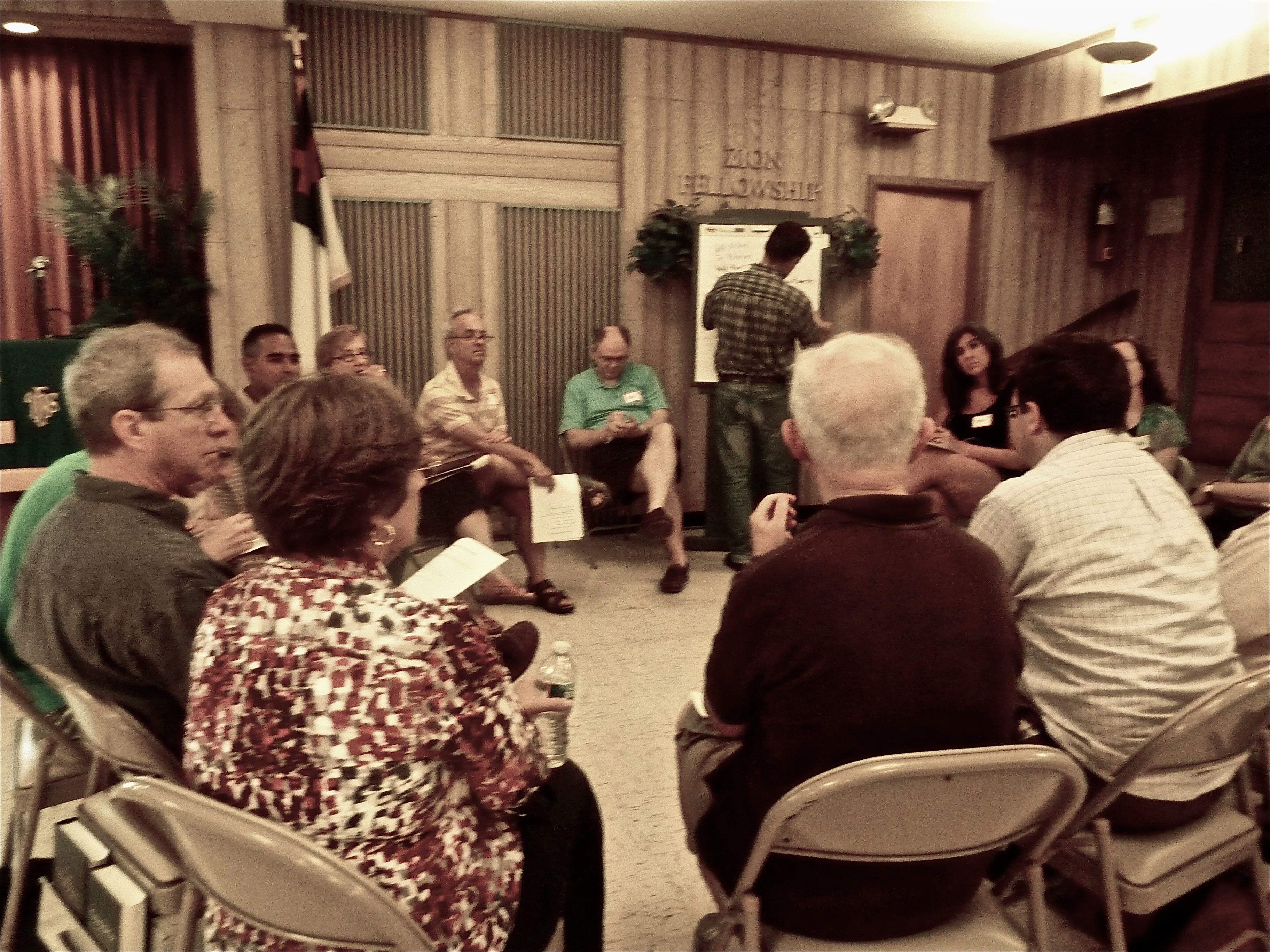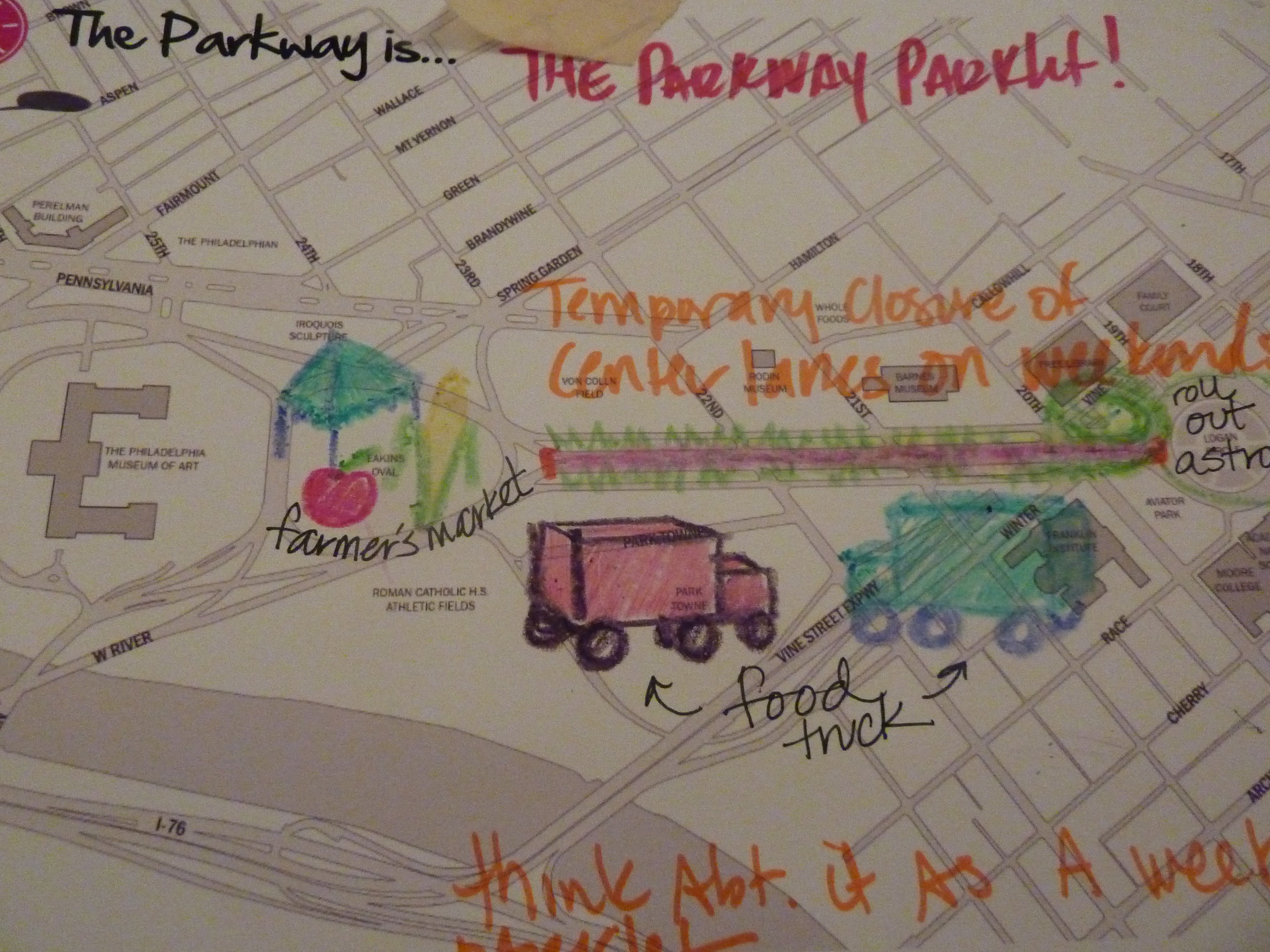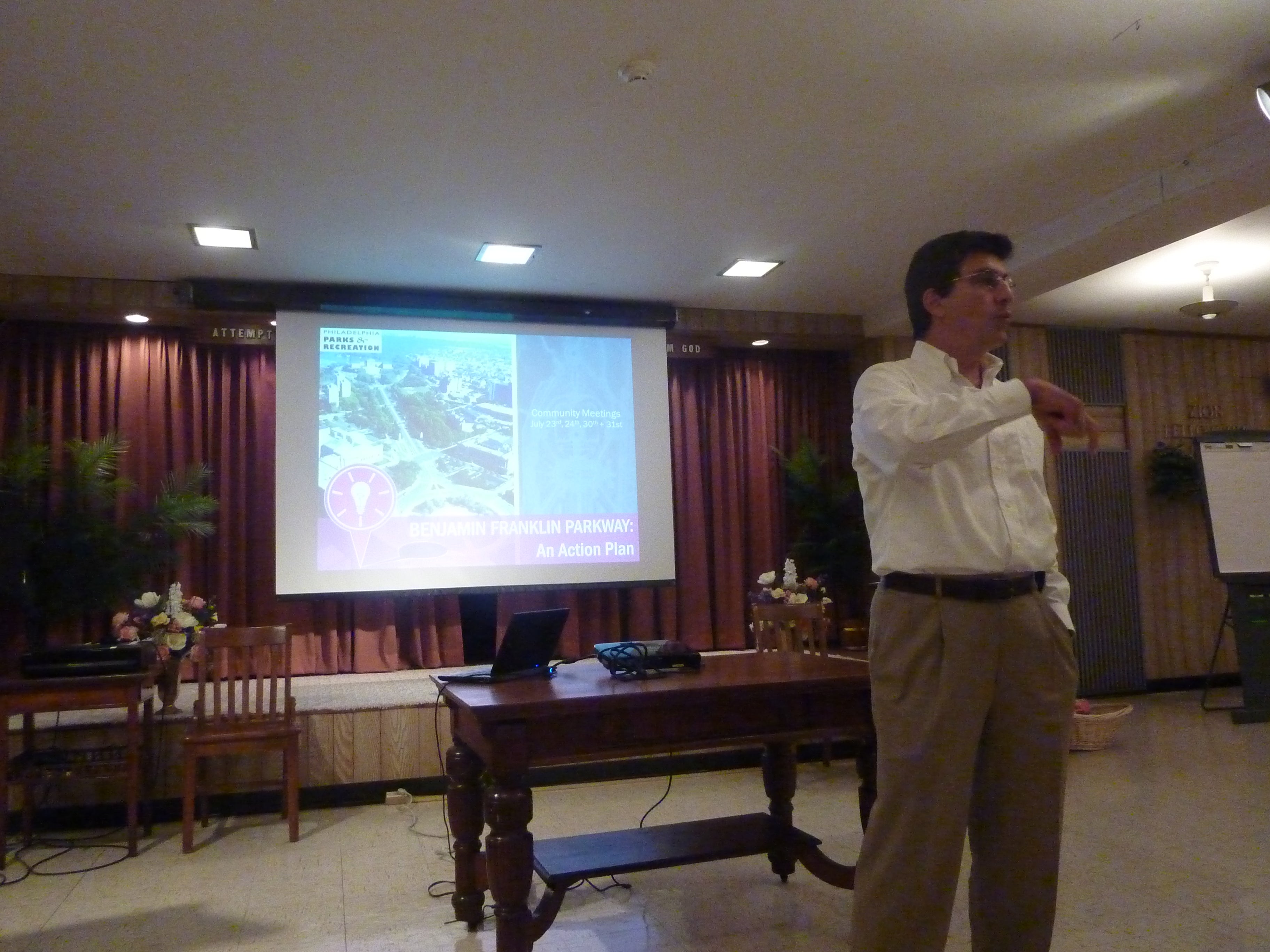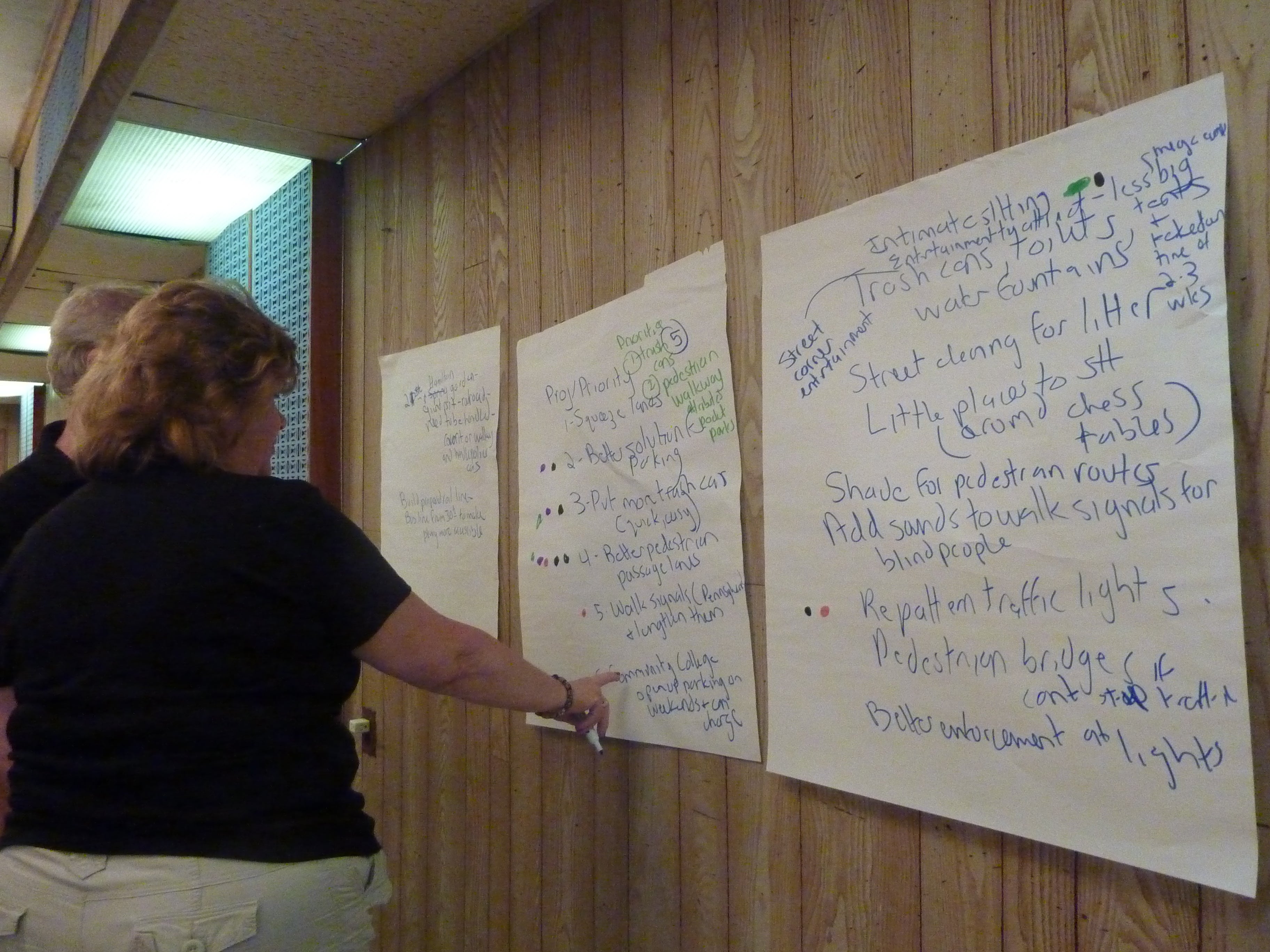More citizen-driven ideas for the Parkway
In what has become the mantra for the tweaking of the Benjamin Franklin Parkway into a more user-friendly experience, Harris Steinberg of Penn Praxis last night again evoked the phrase “less way, more park.”
Steinberg, along with Deputy Mayor Michael DiBerardinis, introduced the third in a series of four public input sessions, this one Monday night at Mt. Olivet Church, in the city’s Fairmount section.
DiBerardinis began with a brief summary of the city’s multitude of green projects, including those on the Parkway. Next, Steinberg offered a history of the Parkway. The mile-long civic gem has “not lived up to its early 20th-century vision,” he said, pointing out a litany of “unfinished business” that included “walls” of apartment buildings, “moats” of cars, outmoded street furniture, and unfriendly intersections.
Some 63,000 people live in the “walkshed” of the Parkway, Steinberg added, likening that number to the entire population of Portland, Maine. Another 3 million visit the Parkway for its cultural attractions and for major festivals and events.
To prime the pump for ideas, Steinberg ran through a selection of ways in which other cities have animated similar public spaces, from movie nights to starchitect-designed art pavilions, from bike sharing to adult playgrounds (an emerging genre).
As they did at previous forums, the event’s leaders then encouraged those gathered to split into four groups of roughly 17 people each to engage in the now-familiar Penn Project for Civic Engagement model of intense discussion.
A repeated tour of the room revealed that the set questions were being rather loosely interpreted by the moderators, an inevitability since the four questions seemed to be variations on the same theme.
The jumping off points for discussion were: who does and does not use the parkway, what actions occur there, why is the BFP important, and what are some priorities for improving the user experience. Participants frequently answered all four in one fell swoop, or repeated themselves while sticking to the program.
Still, threads emerged, as they have in earlier sessions. “We’re finding affirmation of the concept that if we allow the Parkway to support a variety of activities, people will come,” Steinberg told PlanPhilly. “The takeaways are again and again: calm traffic and create stuff.” Within that, he added, tackling Eakins Oval is the big opportunity.
Participants suggested using the Oval — now home to unsightly parking — as a setting for chess tables, carousel, or ice skating rink.
Aside from the Oval, other governing ideas included breaking the Parkway into smaller chunks, with specific uses such as a dog park or a picnic area; creating better pedestrian passages via everything from bridges to the removal of some traffic lanes; and striving for more frequent and diverse programming that included nighttime events.
Of the 70 or so attendees, most were from the immediate neighborhood. Although a few “outsiders” — from Washington Square West, East Mt. Airy, South Philadelphia — came last night and on the other evenings, the engagement project is primarily aimed at nearby neighbors, said Steinberg.
Still, it might be interesting — and more revealing — if the project was expanded. Some residents felt that extolling the Parkway on the whole as one of the city’s great public spaces, but treating its upper portion, which can seem so remote and unwalkable, as basically a neighborhood park, seems like a missed opportunity.
Contact the reporter at jgreco@planphilly.com and follow her on Twitter @joanngreco
WHYY is your source for fact-based, in-depth journalism and information. As a nonprofit organization, we rely on financial support from readers like you. Please give today.

